What Should I Look for in an Angle Roll?
Angle rolls, also known as profile rolls, section rolls, or simply “rollers,” are all names used for the machines metal fabricators use to make round bends in metal profiles. These rolling machines play a very important role in metal fabrication, and knowing what to look for when selecting an angle roller is essential to the success of a given task.
Let’s take a look at how these machines work, what makes the different varieties of rollers different, and how one should select the appropriate roller for the job they have in mind.
Angle Roll Overview
Angle rolls are very common machines in environments where metal profiles need to be formed to a specific radius or diameter. Angle iron, solid square, solid rectangle, round tubing, and pipe are the most common type of profiles used with this type of equipment.
Because of the wide variety of metals needing to be shaped, and the even wider variety of tasks requiring shaped metal, the fabrication market is full of different varieties of rolling machines, each with its own strengths, weaknesses, and particular uses.
One example of the differences between different angle rolls is capacity. Each rolling machine will be rated according to its strength yield. As an example, rolling machines used to shape plate metal will typically have a yield strength of between 36,000 and 38,000 pounds per square inch (PSI).
Steel mills, on the other hand, often handle metal profiles that require between 48,000 and 58,000 psi. An angle roll that works perfectly well in one environment may not meet the requirements of another.
Another difference between rolling machines is the number of rolls it has. The rolls are the round, spinning parts of the angle roll that allow it to do its job. Every angle roll comes with at least one pinching roll, which is the roll that holds the metal in place and allows it to be fed through the machine. Plate rolling machines come in one or two varieties: single-pinch and double-pinch, referring to how many pinching rolls it has.
Pressing roles, on the other hand, are the part of the machine that does the actual bending. Here there are even more varieties than with pinching roles. Examples of different types of rolling machines based on the number of pressing roles include three-roll double-pinch, four roll double-pinch, three-roll initial pinch, and more.
When determining which rolling machine is best suited for the task one has at hand, it is important to research what each rolling machine is designed to do, and to understand the materials that one will be working with. Manufacturers can usually provide detailed information about their machines, such as capacity and yield.
Compare the manufacturer’s information about how much force a machine can produce and what kind of metals (sheet, roll, etc.) it is designed to handle, and compare this to your site’s mill certificates or other relevant information to see which angle roll best fits your needs.
Want to find out more information about angle rolls and their uses? Contact Quantum Machinery today at 909-476-8007.


